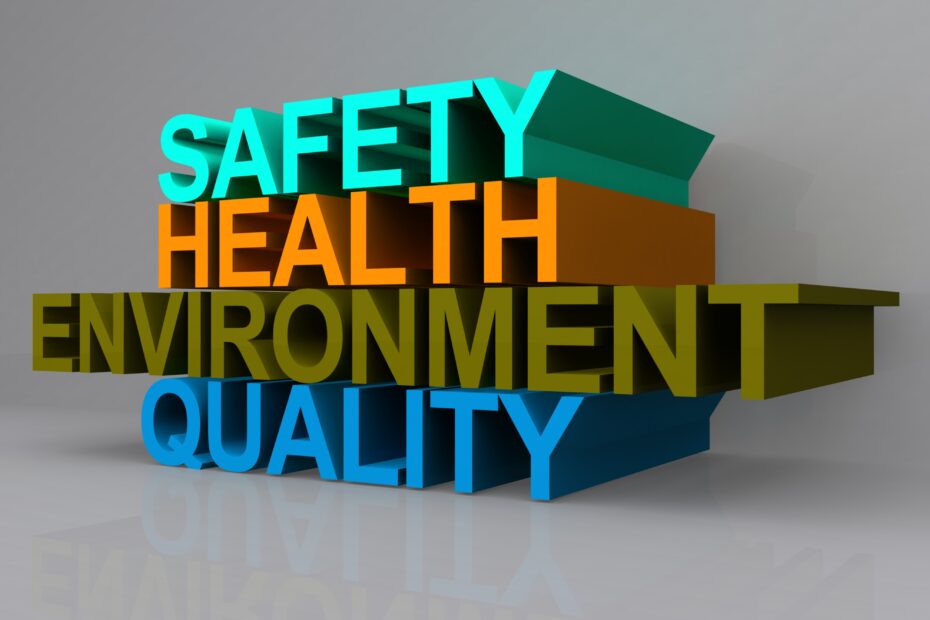As HSE Consultants, we are often approached by companies whose existing clients and/or potential clients plus tender requirements demand proof of their management of health and safety risk. To know that quality control measures are in place to ensure that the quality of the service or product remains at a consistent level. And that the impact of the product or service on the environment is minimized.
To many company’s, especially SME’s, this can feel overwhelming. Both in terms of financial impact and also the use of perhaps limited or already stretched personnel or other resources. These concerns will often centre around the initial development of the management system. How this will affect operations “more paperwork ?!” And then how further workload and costs will look to both maintain the system internally and also the necessary external audits to remain accredited.
This is where an Integrated Management System, or “IMS”, can often assist. We will walk through the basics below….
What Management Systems Could my IMS Contain ?
The IMS often contains the below 3 systems:
ISO 45001 Occupational Health and Safety Management System. This is one of the most popular of all ISO standards and for good reason. It’s an overarching system that not only helps protect your workers, it also steers you towards compliance with health and safety law.
ISO 9001 Quality Management System. This system enables a company to demonstrate its ability to consistently provide products and services that meet customer and applicable statutory and regulatory requirements. It also aims to enhance customer satisfaction.
ISO 14001 Environmental Management System. This is intended for use by companies seeking to manage their environmental responsibilities in a manner that contributes to the environmental pillar of sustainability.
In addition to the three management systems outlined above a company can also chose to integrate additional management systems. Such as; an information security management system, a business continuity management system, a food safety management system or a social responsibility management system.
How Could My IMS Work ?
Instead of silos of health and safety, environment, quality. An IMS will instead facilitate a coordinated effort which is greater than the sum of its parts. Not only more efficient but more effective.
An integrated system provides a clear, uniform image of your entire organization. How each discipline impacts each other, and the associated risks. Efficiency is gained from less duplication as each system shares a common foundation and consistent and compatible look and feel. This also eases migration on to new revisions.
One of the best benefits of two or more management system standards is being able to align the standards to find common or single management system components. These may include policies, objectives, processes or resources. For example, you may be able to have a single procedure for training, document control, management reviews, internal audits or improvements. When you implement more than one standard at a time you are able to find these similarities which can save your organization a great amount of time, and in return money.
How I Structure My IMS ?
The structure of the IMS will include the following sections:
- Context of the Organization
- Leadership
- Planning
- Support
- Operations
- Performance Evaluation
- Improvement
By integrating their management systems into one platform, a company should now be able to implement a single solution that controls all of the following:
- Risks and opportunities for product and services
- Customer requirements and satisfaction
- Environmental impacts
- Health & Safety Hazards
With this integrated approach, much of what is needed from the management team can now be done under one umbrella, and top management can now take a broader view of their organisation whilst undertaking the following activities:
- Planning
- Assessments of risk
- Internal audits
- Management reviews
- Continual improvement
The end result should be that:
- Auditing models can be revised to provide a much broader remit, but with fewer audits
- The organisation can now be managed using joined-up thinking
- KPI’s and SMART objectives can now become more aligned
- Consistency can be created creating a system that is less complex and easier to understand
- Cost reductions are achieved via integrated audits and assessments in addition to optimized processes and resources via the reduction in time it takes to undertake certain activities. When you have a simple centralized system you can update individuals, groups, or the entire organisation on changes to documents, training requirements, new customers, new compliance requirements, risks, or opportunities – without them having to hunt through the business for the information
- Ongoing maintenance required to uphold the standards and retain the accreditations will be reduced via the concurrent streamlining of processes
- Decision making is facilitated via the complete view of the company
If you need assistance with your company’s health and safety, Corporate OHS offers a range of HSE consultancy services.
These include;
- Health, safety and fire risk assessments
- Hazard identification
- HSE management system development, implementation and review
- Accredited systems such as ISO 45001, ISO 14001 and ISO 9001
- HSE legal compliance review
- Accident investigations
- Crisis management and business continuity
- Health and Safety Outsourcing
In addition to project work, Corporate OHS also offers the option of a flexible contract and a monthly retainer, meaning that companies have access to HSE services without the burden of a permanent cost. For enquiries or to find out more about our services, please visit our website or send an email to enquiries@corporateohs.com


Nice Blog.More Informative.